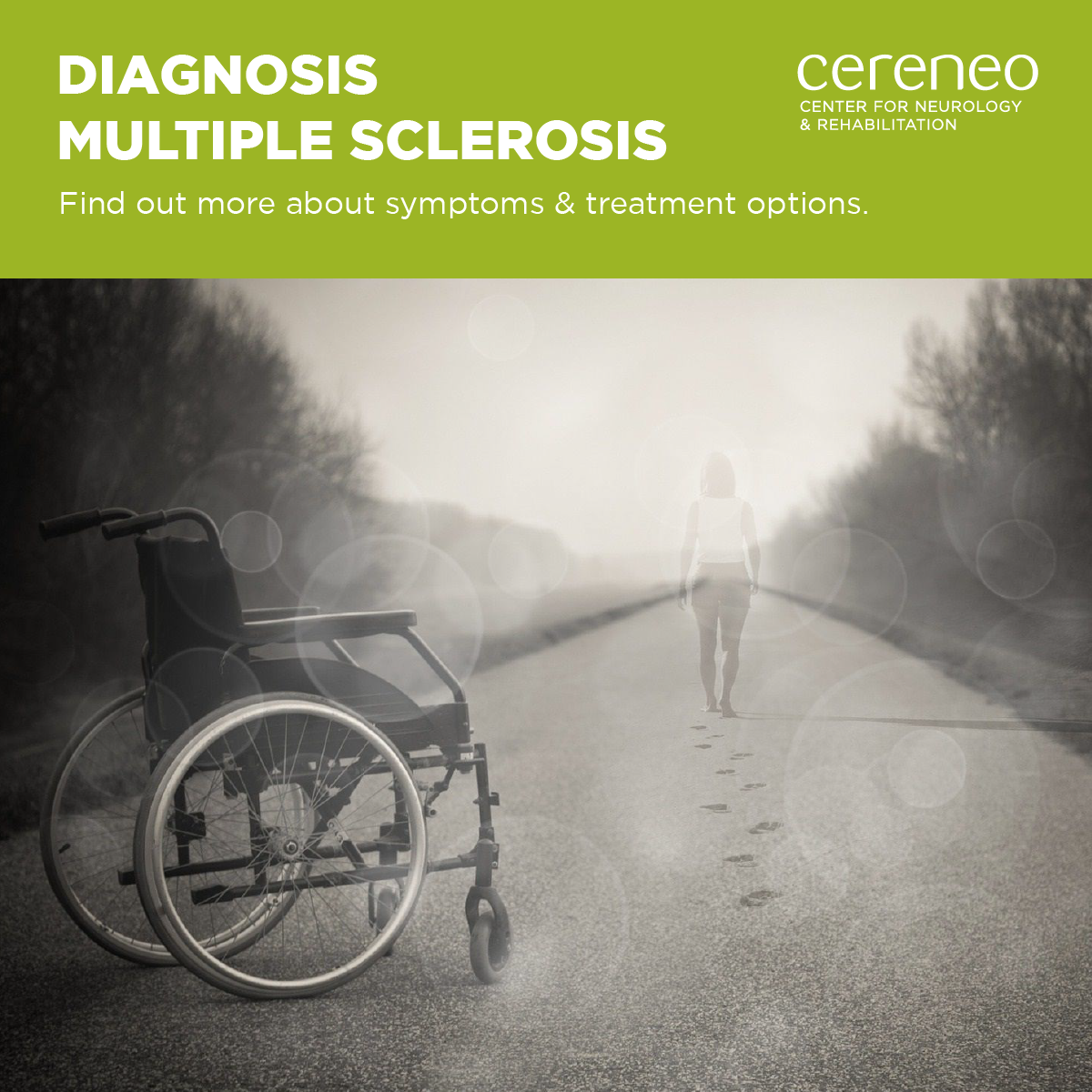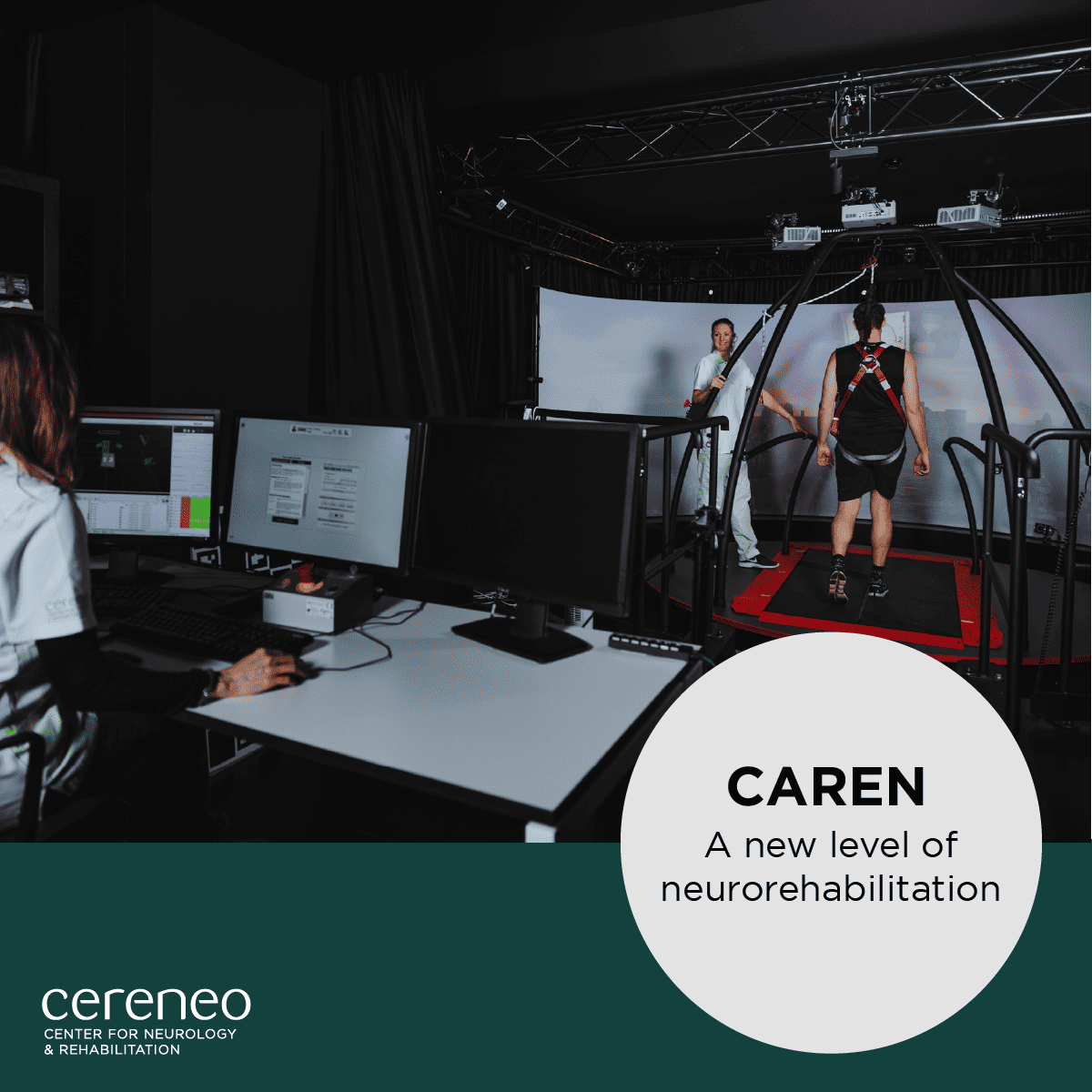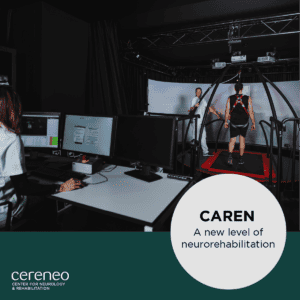Multiple sclerosis (MS) is a chronic inflammatory autoimmune disease of the central nervous system and can progress in different ways, with symptoms often occurring in episodes. The most common symptoms include sensory and visual disturbances lasting days to weeks, as well as muscle paralysis.
The disease cannot be cured yet. However, there are a number of treatments available, some of which are highly effective, that can slow down the progression of the disease, prevent acute symptoms and shorten or prevent relapses.
Women are affected more often than men, and in most cases the disease breaks out between the ages of 20 and 40.
What happens with MS?
In MS, the immune system mistakenly attacks the protective sheath around the nerve fibres in the brain and spinal cord. This sheath is called myelin. When the myelin is damaged, signals can no longer be transmitted properly between the brain and the rest of the body. This can lead to various symptoms.
What are the symptoms?
The most common symptoms of MS are:
Sensory disturbances: Sensory disturbances, such as numbness or tingling, initially in the fingertips or feet, which later spread to the arms or legs. Tightness around joints and hips, pain and reduced sensitivity, for example to temperature, are also common. If the spinal cord is affected, the so-called neck flexion sign often occurs. This is when you feel an electrifying, sudden sensation along the spine when you bend your head forward.
Visual disturbances: Often the result of a temporarily inflamed optic nerve (optic neuritis).
Other symptoms that can affect vision include blurred vision as if through a veil, impaired colour vision or when reading small print, double vision, flashes of light or failures of the visual field.
Muscle paralysis: Typical for MS is reduced muscle strength up to paralysis, which can be accompanied by faster fatigue when walking, but also tension and stiffness.
Causes & risk factors
The causes of MS are not yet known in all details. In addition to genetic factors, environmental factors such as smoking, low vitamin D3, infection with the Epstein Barr virus and obesity in adolescence and early adulthood also play a role.
Diagnosis of MS: What can be done?
MS must be treated early with drugs that slow down the immune system’s attack on the brain and spinal cord. If neurological symptoms occur and do not heal, neurorehabilitation is important to cure or reduce deficits. In addition, patients can positively influence the course of the disease with certain measures:
- Stop smoking,
- ensure that they have enough vitamin D,
- regular exercise,
- balanced diet
Rehabilitation at cereneo
At cereneo, we tailor therapies to our patients’ individual needs, offering personalized treatment with a therapist on a 1:1 basis using state-of-the-art therapy equipment and diagnostic procedures.
Learn more about rehabilitation options in an online consultation with one of our neurologists.










